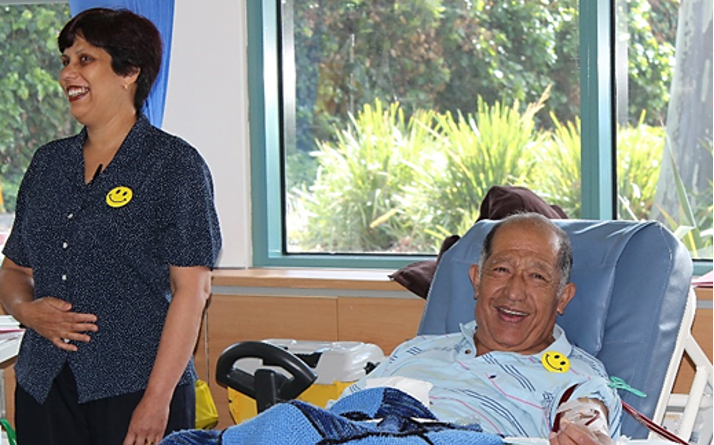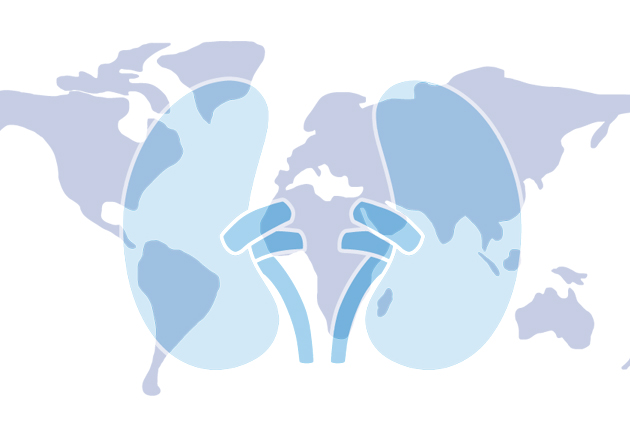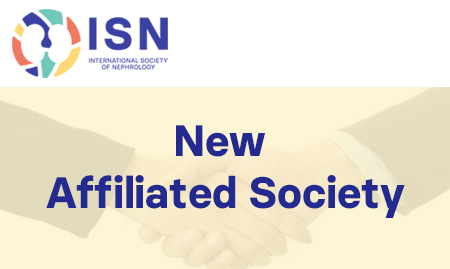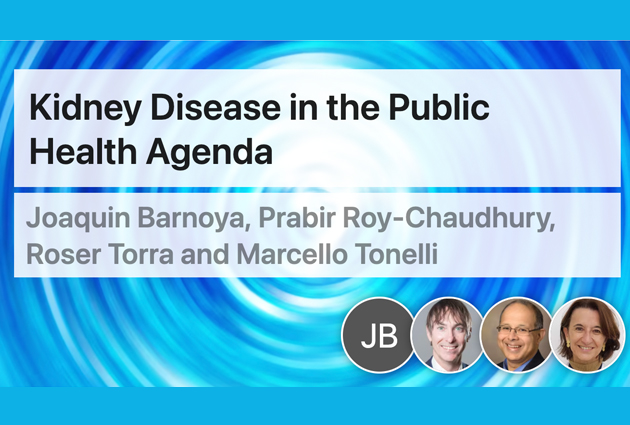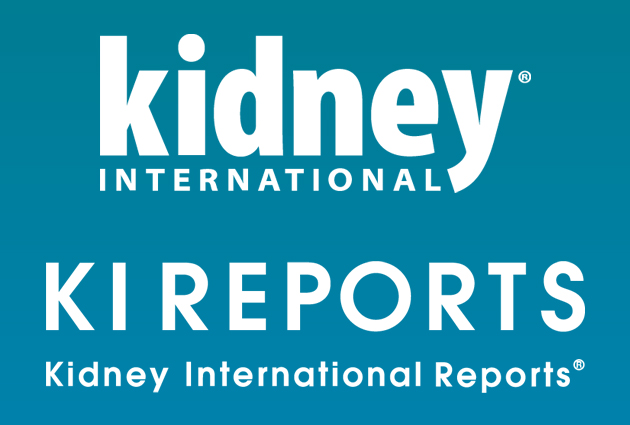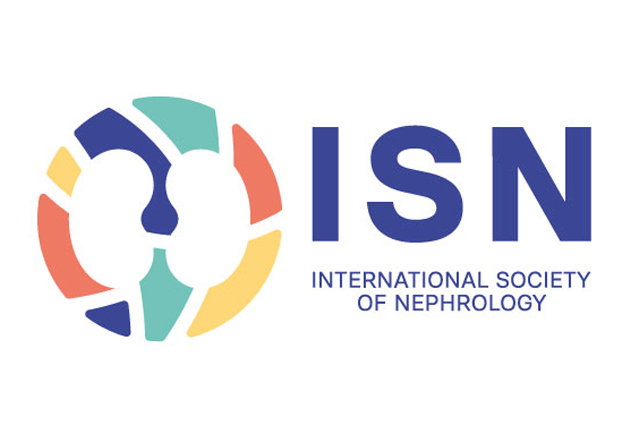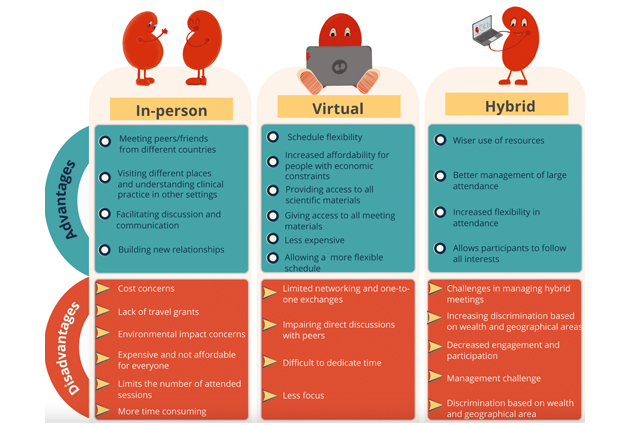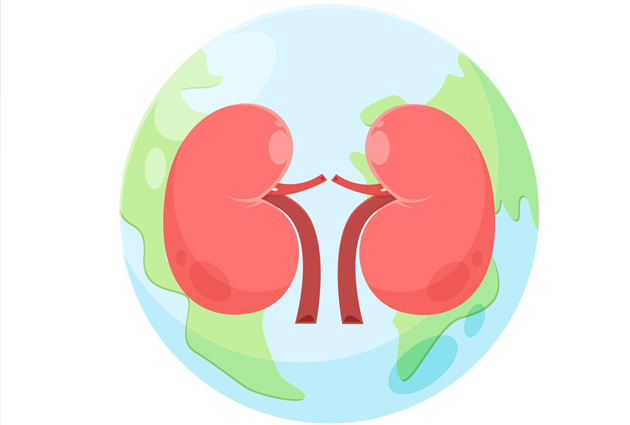Hemodialysis Laughter Therapy in Australia
Laughing as a group while on dialysis sounds a little strange. How can you pretend to laugh? How can you laugh when you’re in pain, feel tired, and are stuck to a machine for four hours? Maybe we should turn the question around and ask, “Why not laugh?”
Dialysis patients know that staff are generally very friendly, and some of them are very funny. This reflects a great center culture. Hemodialysis Laughter Therapy takes this atmosphere even further.

Hemodialysis Laughter Therapy is intentional group laughter led by laughter therapists and based on Laughter Yoga, which combines deep breathing, stretching exercises, and laughter exercises. The sessions last for approximately 30 minutes while patients undergo hemodialysis. Trained laughter therapists lead staff and patients through about 12 to 15 activities that encourage intentional laughter. It’s not easy to describe in writing, but you can see examples of the therapy in the US here and in Australia here.
We all feel better when we laugh—but there is science behind the laughter. Let’s start with the most obvious benefit: an improvement in mood. Laughter increases the production of the happy hormones “dopamine, endorphin, oxytocin, and serotonin,” resulting in decreased long-term heart rate and blood pressure leading to a euphoric state. This improved mood and decreased anxiety have been demonstrated in dialysis.1 Furthermore, increased endorphins result in an improved pain threshold. We know this from studies of childbirth, where mothers can deal with incredible pain levels because of increased endorphin production. Therefore, people who laugh more can decrease their chronic pain levels,2 which is important in a country like the US, where 60% of all dialysis patients have at least one opioid prescription for pain per year.3
Laughter Therapy benefits the lungs. Nature has provided us with muscles to breathe in (via the diaphragm and intercostal muscles). However, no muscles are needed to breathe out, which is passive. Our lungs are elastic organs that expand with deep inhalation. On the other hand, exhalation occurs through the elastic recoil of the lungs, which brings them to a normal resting position. Therefore, to force exhalation of the respiratory reserve (and clear the lungs), we need to use the abdominal muscles to squeeze out the residual air from the lungs. Laughter encourages people to exhale double the amount of air that they inhale. Prolonged laughter is like forced exhalation and can help remove lung secretions,4 therefore, we ask people to laugh for as long as possible.
Studies also tell us that laughter can improve blood vessel and heart function through increased heart volume output5 and decreased blood vessel stiffness6, thereby lowering heart attack rates,7 and improving blood lipid and cholesterol profiles.8
Interestingly, when we laugh for a long time, we improve our immune response by increasing the production of what we call “natural killer” cells.9 These natural killer cells are like in-body surveyors who continually roam around our bodies looking for invading bacteria, abnormal viral cells, and tumor cells.
Laughter therapy can be useful for people both on in-center dialysis and home dialysis. The most success has been seen with group laughter, such as within a dialysis center. Many people are unaware of the challenges of home dialysis. These patients can feel isolated, which is why it’s even more important to encourage as much laughter as possible.
Laughter clubs exist everywhere in the world, and they can change our way of thinking about laughter as a therapeutic tool. Laughter Therapy is a full laughter workout, both physically and mentally. If you would like to know more, simply google “laughter club” or “laughter yoga” in your area (COVID-friendly).
Full consent from individuals for the distribution and publication of images has been given.
References
1. Bennett PN, Parsons T, Ben-Moshe Rea. Intradialytic Laughter Yoga therapy for haemodialysis patients: a pre-post intervention feasibility study. BMC complementary and alternative medicine. 2015;15(1):176.
2. Dunbar RIM, Baron R, Frangou A, et al. Social laughter is correlated with an elevated pain threshold. Proceedings of the Royal Society B: Biological Sciences. 2012;279(1731):1161-1167.
3. Kimmel PL, Fwu C-W, Abbott KC, Eggers AW, Kline PP, Eggers PW. Opioid prescription, morbidity, and mortality in United States dialysis patients. Journal of the American Society of Nephrology. 2017;28(12):3658-3670.
4. Leibovitz Z. Humour and dialysis. EDTNA ERCA J. 1998;24(4):17-18.
5. Boone T, Hansen S, Erlandson A. Cardiovascular responses to laughter: a pilot project. Applied Nursing Research. 2000;13(4):204-208.
6. Xaplanteris P, Vlachopoulos C, Baou K, et al. Divergent effects of laughter and mental stress on aortic stiffness and wave reflections. Paper presented at: EUROPEAN HEART JOURNAL2007.
7. Berk LS, Tan SA, Berk D. Cortisol and Catecholamine stress hormone decrease is associated with the behavior of perceptual anticipation of mirthful laughter. In: Federation of American Societies for Experimental Biology; 2008.
8. Sharma V. Beneficial effect of laughter yoga and clapping exercise in coronary heart disease (CHD) patients in south Delhi metro population. Atherosclerosis. 2018;275.
9. Bennett M, Zeller J, Rosenberg L, McCann J. The effect of mirthful laughter on stress and natural killer cell activity. Alternative therapies in health and medicine. 2003;9(2):38-45.

